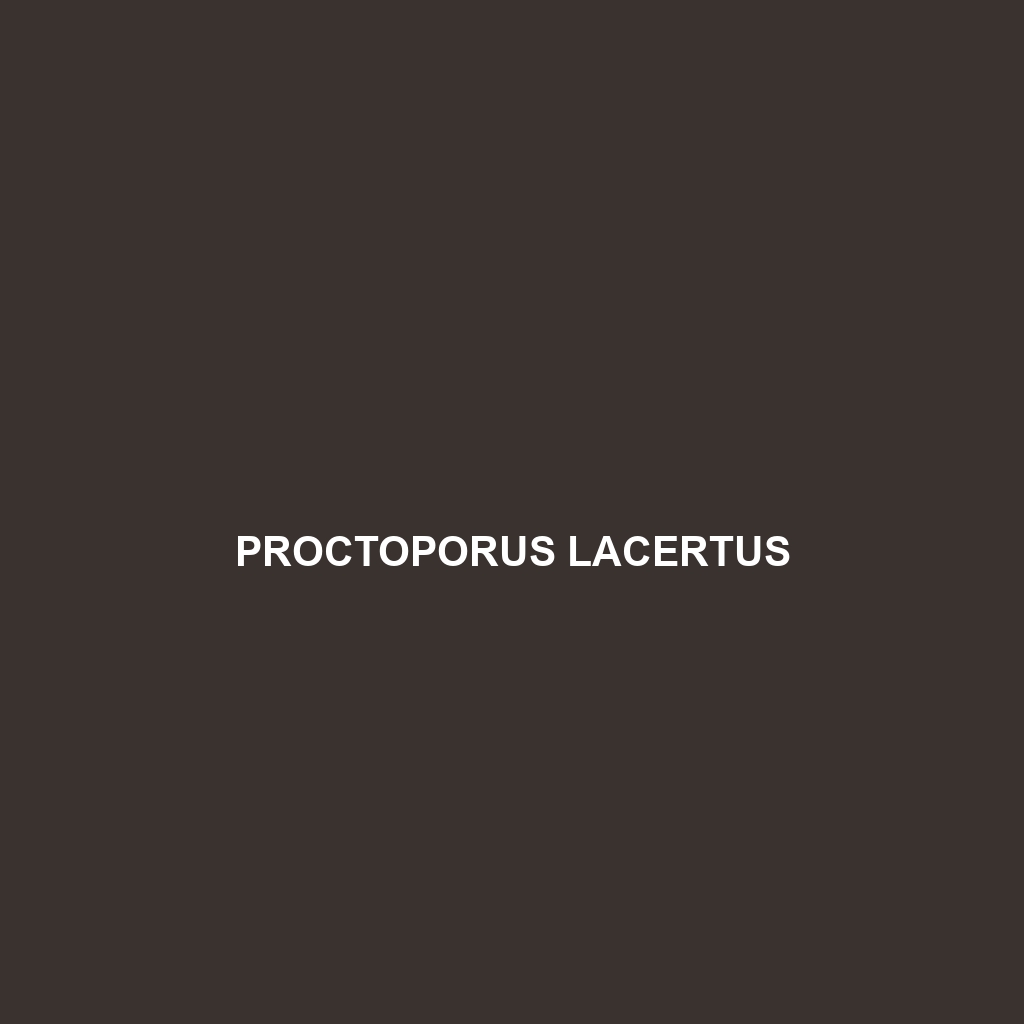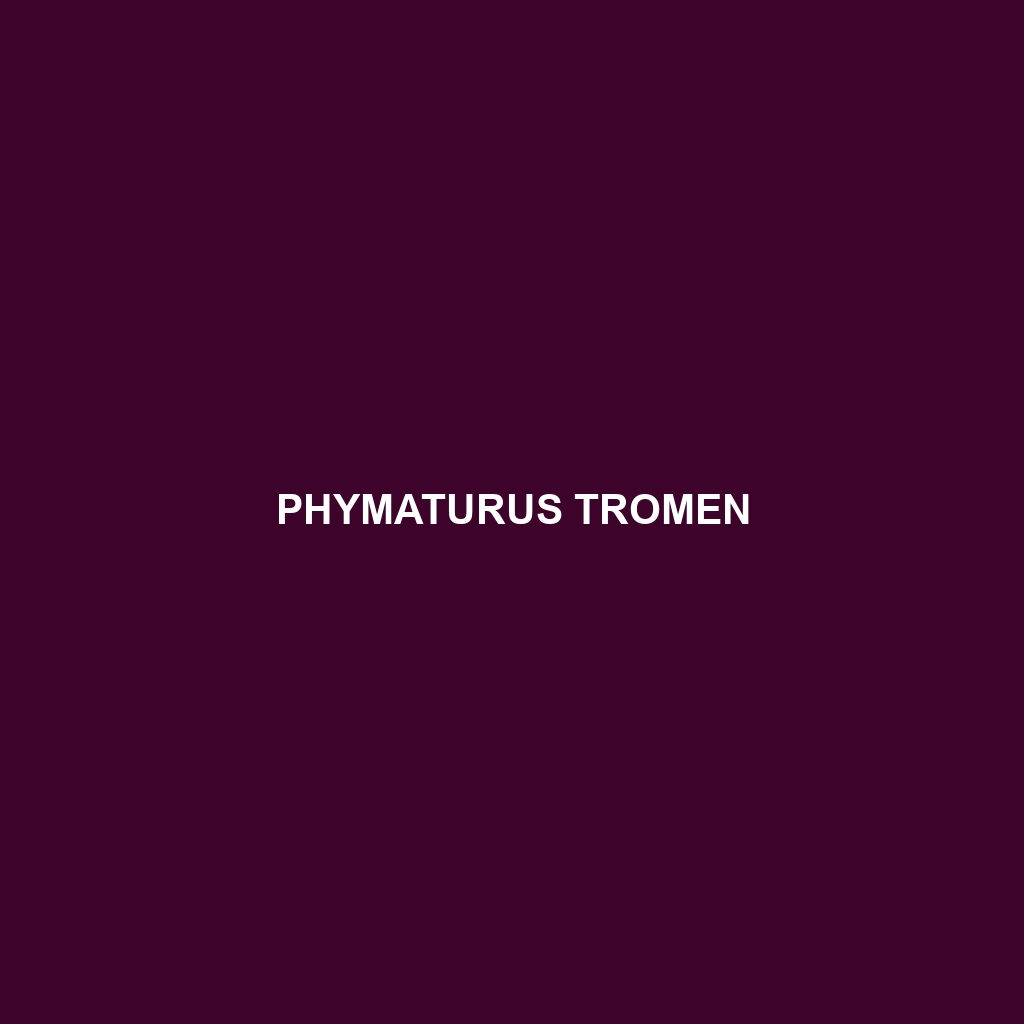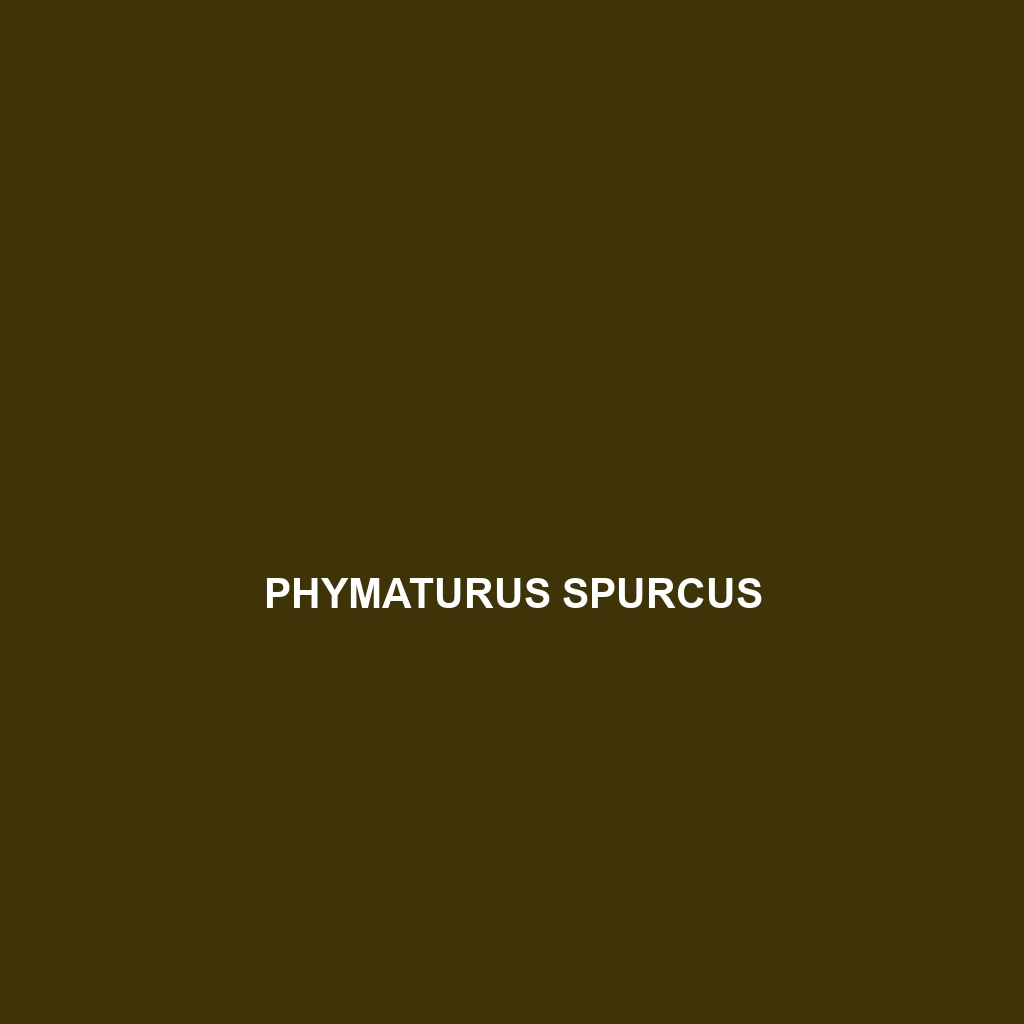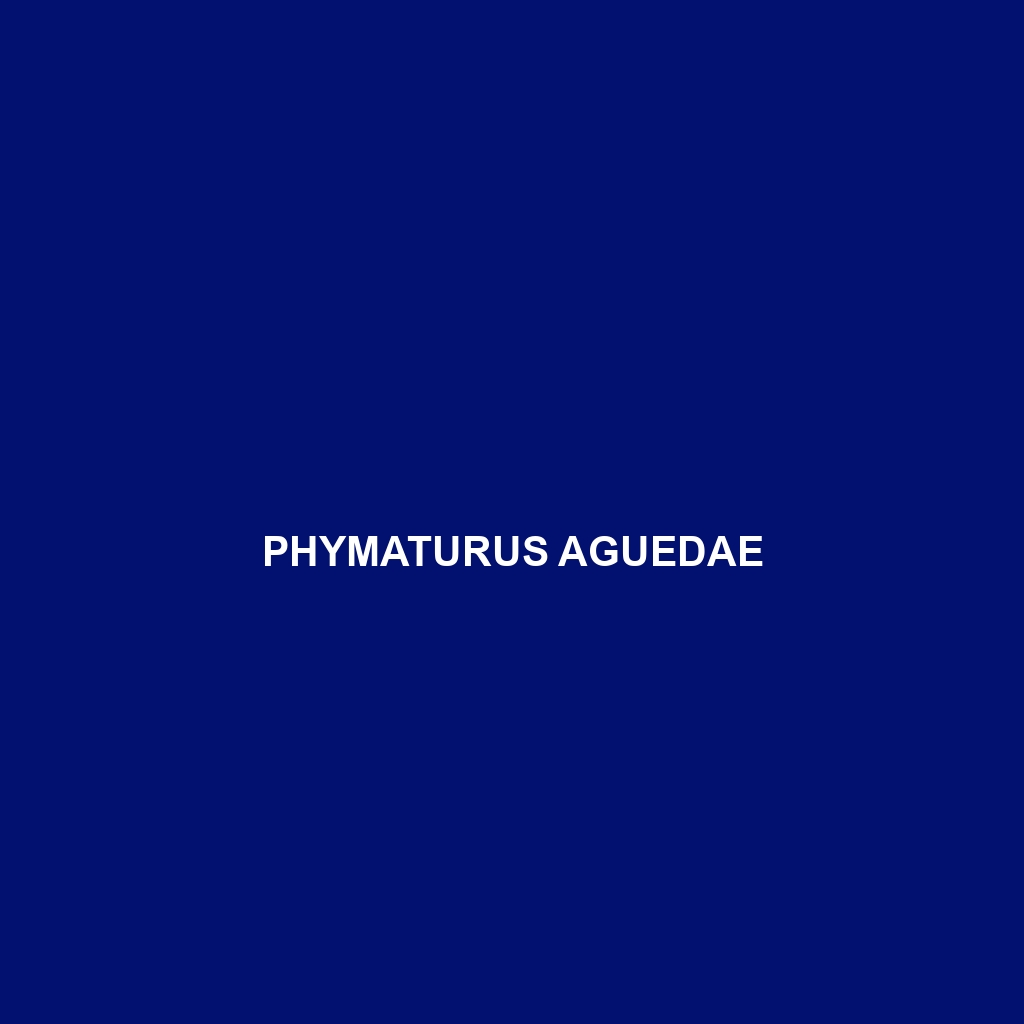The <b>Proctoporus lacertus</b>, or Lizard of the Andean Rainforests, thrives in the humid rainforests of South America, featuring vibrant green to dark brown coloration, smooth scales, and a diet primarily consisting of insects. Recognized for their unique behaviors and crucial ecological role, these lizards contribute significantly to their biodiverse habitats.
Tag: lizard ecology
Podarcis erhardii
<b>Podarcis erhardii</b> is a fascinating European lizard known for its adaptive behavior and distinctive colorations, typically ranging from 15 to 25 cm in length. This insectivorous species thrives in temperate forests and coastal areas, exhibiting diurnal activity patterns and playing a vital role in regulating insect populations and contributing to ecosystem health.
Phymaturus tromen
<b>Phymaturus tromen</b>, known as the Tromen lizard, is a Vulnerable species native to the temperate forests and rocky shrublands of Patagonia, Argentina. This robust lizard, measuring 15-25 cm in length, features olive green to brown dorsal coloration for excellent camouflage and plays a vital ecological role by controlling insect populations and providing prey for larger predators.
Phymaturus somuncurensis
Introducing the Phymaturus somuncurensis, also known as the Somuncurá lizard, a resilient species native to the rocky outcrops of Argentina's Patagonia region. This 6 to 9 inch lizard boasts a robust body, camouflaging colors, and a distinctive dewlap, making it an intriguing addition to any collection, while its primarily insectivorous diet and unique breeding behaviors underscore its adaptability to diverse habitats.
Phymaturus calcogaster
Discover the calcareous lizard, Phymaturus calcogaster, a stocky insectivore native to the temperate forests and scrublands of southwestern Argentina, known for its adaptable nature, unique coloration, and role in maintaining ecological balance as both predator and prey. This vulnerable species thrives in rugged terrains, showcasing fascinating behavioral traits and intriguing reproductive cycles.
Phymaturus aguedae
Phymaturus aguedae, endemic to Argentina's Monte desert, is a robust lizard measuring 15 to 30 cm, characterized by its earthy coloration for camouflage, unique burrowing behavior, and critical role in controlling insect populations. Currently listed as endangered due to habitat loss, it exhibits fascinating social structures and adaptations for temperature regulation.
Pholidoscelis cineraceus
Introducing the Gray Scale Ctenosaur (Pholidoscelis cineraceus), a medium-sized lizard known for its distinctive grayish-green to brown coloration and spiny ridges. Thriving in tropical rainforests and coastal areas, this agile omnivore plays a crucial role in its ecosystem by controlling insect populations and aiding in seed dispersal.
Pedioplanis rubens
Discover the vibrant Pedioplanis rubens, a striking lizard native to the savannas and grasslands of southern Africa, known for its vivid red and orange coloration, swift movements, and nocturnal behavior. This insectivorous species plays a vital role in its ecosystem, helping to control insect populations while serving as prey for larger predators.
Oligosoma oliveri
Discover the captivating Oligosoma oliveri, or Oliver's skink, a slender, olive-green lizard native to the temperate forests and grasslands of southern New Zealand. Notable for its ability to regenerate its tail and its crucial role in controlling insect populations, this vulnerable species thrives in diverse habitats, from moist undergrowth to sunny clearings.
Nubeoscincus stellaris
Discover the Stellar Skink (<i>Nubeoscincus stellaris</i>), a captivating lizard native to the tropical rainforests and moist savannas of southern New Guinea, known for its striking coloration, agile movements, and a diet primarily consisting of invertebrates. With the ability to regenerate its tail and a critical role in maintaining ecological balance, this species exemplifies the wonders of biodiversity.









